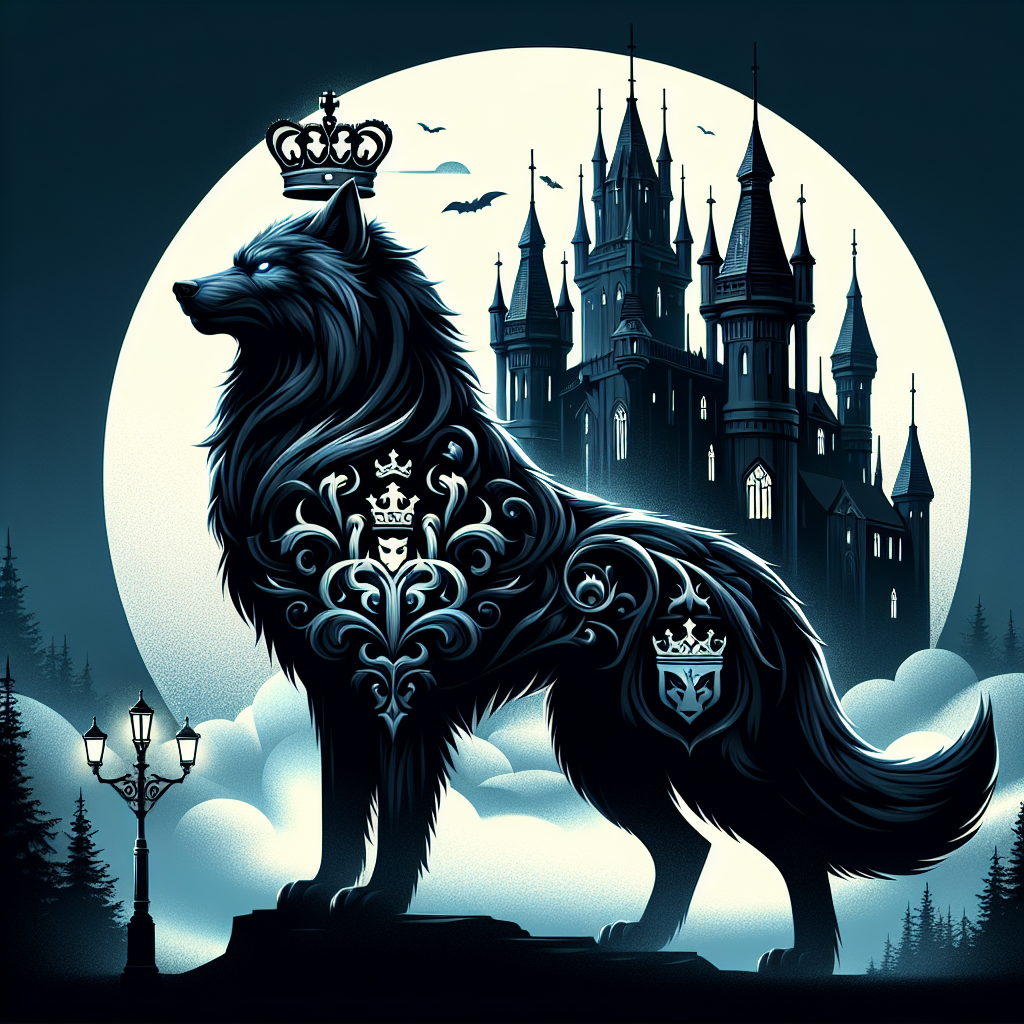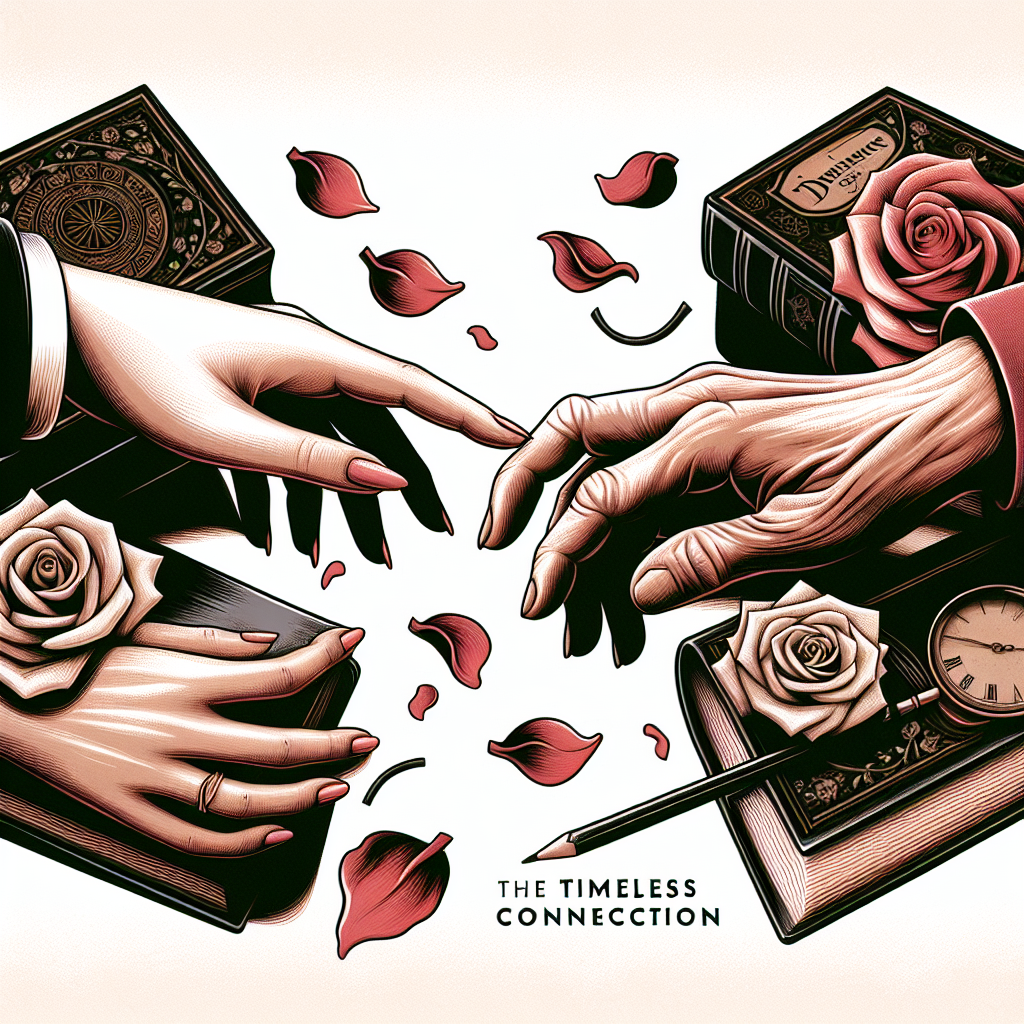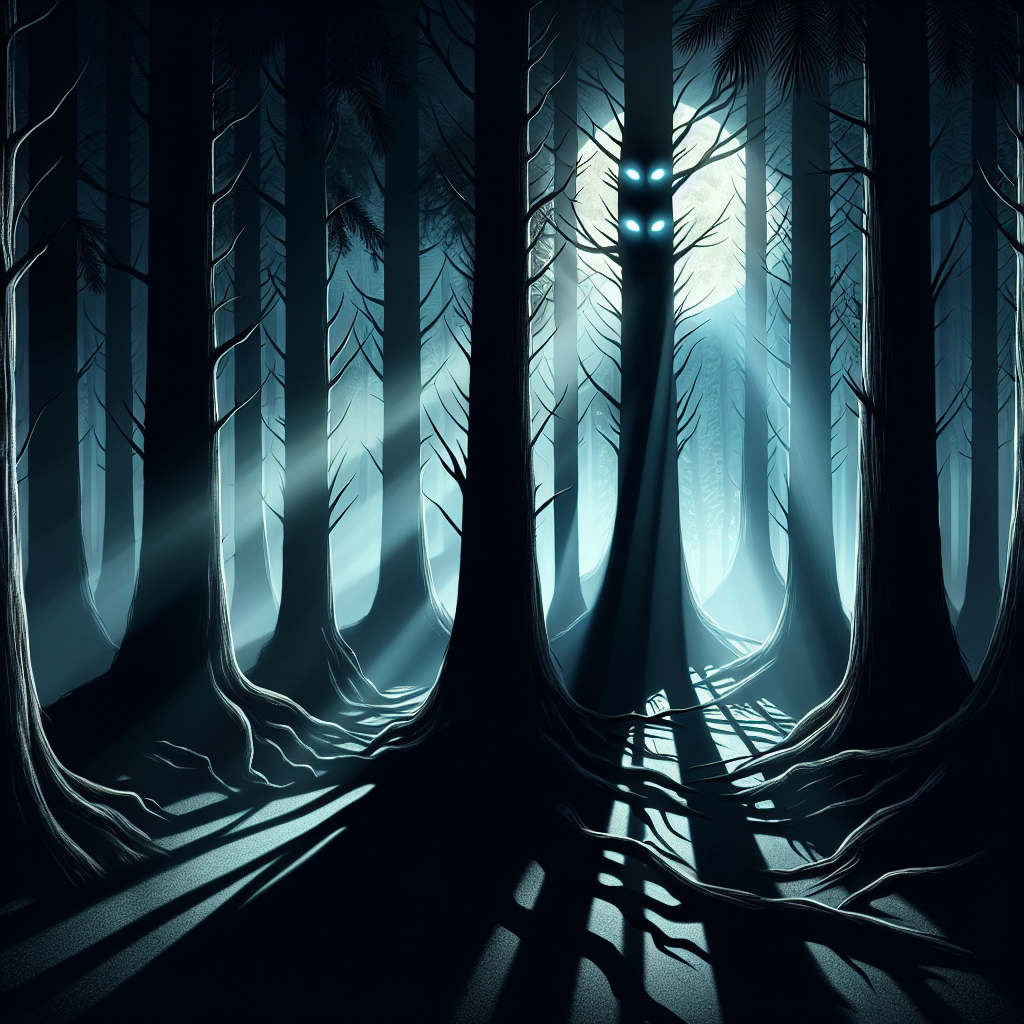Mastering the Friends-to-Lovers Trope: A Writer's Guide to Romance's Most Beloved Theme
There's something magical about watching two best friends suddenly see each other in a completely new light. That flutter of recognition, the dawning realization that maybe those feelings run deeper than friendship—it's literary gold that has captivated readers for generations. The friends-to-lovers trope remains one of romance's most enduring and beloved themes, and for good reason.
But what transforms a simple friendship into a swoon-worthy love story? And why do readers consistently gravitate toward these narratives over flashier, more dramatic romantic setups? Let's dive deep into the heart of this trope and uncover the secrets that make it so irresistibly compelling.
The Magnetic Appeal of Friends-to-Lovers Romance
Built on Solid Ground
Unlike the whirlwind intensity of instalove or enemies-to-lovers dynamics, friends-to-lovers romance offers something uniquely satisfying: authenticity. This trope mirrors real life in ways that feel both familiar and hopeful. After all, many real-world relationships do evolve from friendship, making this progression feel natural rather than contrived.
The beauty lies in the pre-existing foundation. These characters don't need to learn each other's coffee preferences or discover whether they share the same values—they already know. This intimate knowledge creates a sense of inevitability that readers find deeply satisfying.
The Psychology of Safety
Friendship provides an emotional safety net that makes the romantic stakes feel simultaneously lower and higher. Lower because the characters already trust each other; higher because they have so much more to lose. This paradox creates delicious tension that keeps readers turning pages.
When characters already feel safe with each other, the romantic development feels like a natural evolution rather than a risky leap. Readers can relax into the story, knowing these two people genuinely care for each other's wellbeing.
The Slow-Burn Satisfaction
Perhaps nothing is more satisfying than a perfectly executed slow burn. Friends-to-lovers stories excel at this pacing because the foundation is already established. Writers can focus entirely on the subtle shift from platonic to romantic feelings—those stolen glances, moments of jealousy, and the growing awareness that something fundamental has changed.
Essential Elements Every Friends-to-Lovers Story Needs
1. The Established Bond
Your characters must have a genuine, deep friendship before any romantic feelings emerge. This isn't a casual acquaintanceship or workplace politeness—it's the kind of bond where they know each other's secrets, have weathered storms together, and genuinely enjoy each other's company.
Key considerations:
- How long have they been friends?
- What experiences have they shared?
- What makes their friendship special and unique?
2. The Gradual Awakening
The transition should feel organic and inevitable, not sudden or forced. One character might realize their feelings first, or both might experience a gradual shift simultaneously. The key is showing this evolution through actions, thoughts, and subtle changes in their dynamic.
Effective techniques:
- Moments of physical awareness (noticing how their hand feels, getting lost in their eyes)
- Jealousy when the friend shows interest in someone else
- Increased nervousness or self-consciousness around each other
3. Internal Conflict and Stakes
The fear of "ruining everything" should be palpable. This internal conflict drives the story forward and creates emotional tension. Characters might deny their feelings, try to date other people, or struggle with the decision to confess.
Common conflicts include:
- Fear of losing the friendship
- Uncertainty about whether feelings are reciprocated
- External circumstances that complicate the situation
- Past experiences that make vulnerability difficult
4. The Catalyst Moment
Something must force the characters to confront their changing feelings. This could be:
- A near-miss romantic moment
- Seeing the friend with someone else
- A crisis that reveals true feelings
- An accidental confession or misunderstanding
5. The Emotional Payoff
The transition from friends to lovers should feel both surprising and inevitable. Readers should think, "Of course!" while also feeling the emotional impact of this significant shift in the relationship.
Crafting Authentic Character Dynamics
Showing Deep Knowledge
Friends-to-lovers characters should demonstrate intimate knowledge of each other in subtle ways. They might:
- Anticipate each other's needs
- Have inside jokes and shared references
- Know how to comfort each other during difficult times
- Understand each other's quirks and mannerisms
Balancing Comfort and Tension
The challenge lies in maintaining romantic tension while showing deep comfort and familiarity. Use techniques like:
- Disrupted patterns: Moments when their usual comfort feels different
- New awareness: Suddenly noticing physical details they've overlooked
- Changed dynamics: Conversations that feel charged with new meaning
Common Pitfalls to Avoid
The Overnight Transformation
Don't rush the emotional journey. Even if the realization happens quickly, the feelings should have been building subtly throughout the story.
Lack of Conflict
Just because they're friends doesn't mean the path to romance should be smooth. Internal conflict, external obstacles, and genuine stakes are essential for compelling storytelling.
Forgetting the Friendship Foundation
Once romance enters the picture, don't abandon what made their friendship special. The best friends-to-lovers stories maintain those friendship elements throughout the romantic development.
Examples of the Trope in Action
Contemporary romance often showcases this trope beautifully, from childhood friends who reconnect as adults to college roommates who gradually realize they're perfect for each other. Each variation offers unique opportunities to explore different aspects of the friends-to-lovers dynamic.
Consider stories where:
- Childhood friends reconnect after years apart
- Best friends navigate changing feelings during major life transitions
- Workplace friends discover attraction while maintaining professional boundaries
- Friends with benefits realize their arrangement has become something deeper
Writing Tips for Success
Focus on Emotional Authenticity
The progression should feel emotionally true, even if the circumstances are fictional. Ground the story in genuine human emotions and realistic relationship dynamics.
Use Subtext Effectively
Much of the tension should exist in what characters don't say. Master the art of subtext to create layers of meaning in seemingly casual interactions.
Pay Attention to Pacing
Allow the relationship to breathe and develop naturally. Don't rush toward romantic moments—let them emerge organically from the established friendship.
The Enduring Magic
The friends-to-lovers trope endures because it represents something many of us long for: finding romantic love with someone who truly knows and accepts us. It's the promise that the person who's been there all along might just be "the one."
For writers, this trope offers the opportunity to craft deeply satisfying character arcs built on authentic emotional foundations. When executed well, friends-to-lovers stories don't just tell us about falling in love—they show us how the best romantic relationships are built on the solid ground of genuine friendship, mutual respect, and deep understanding.
The magic happens when readers realize, along with the characters, that sometimes the greatest love stories begin with the simple words: "You're my best friend."
💝 Ready to Explore More Romance?
If you enjoyed this article about Friends to Lovers writing, discover thousands of captivating love stories on our platform.
Download App













